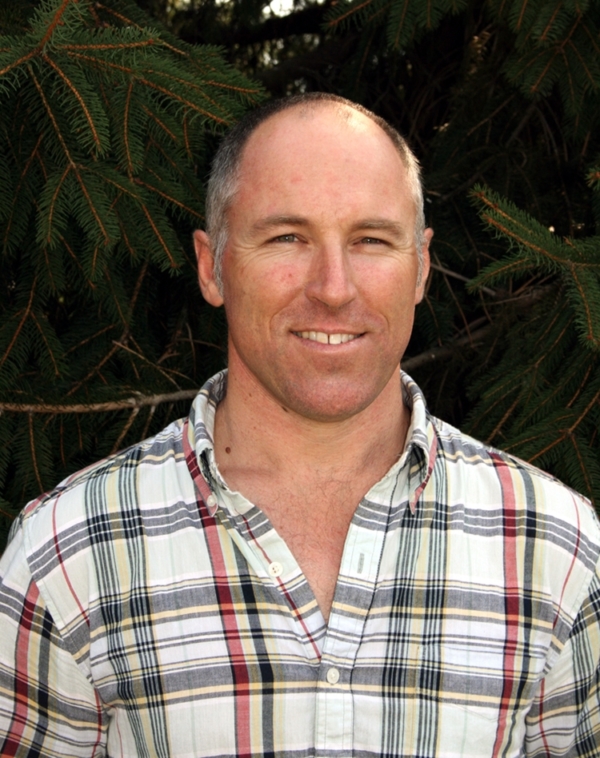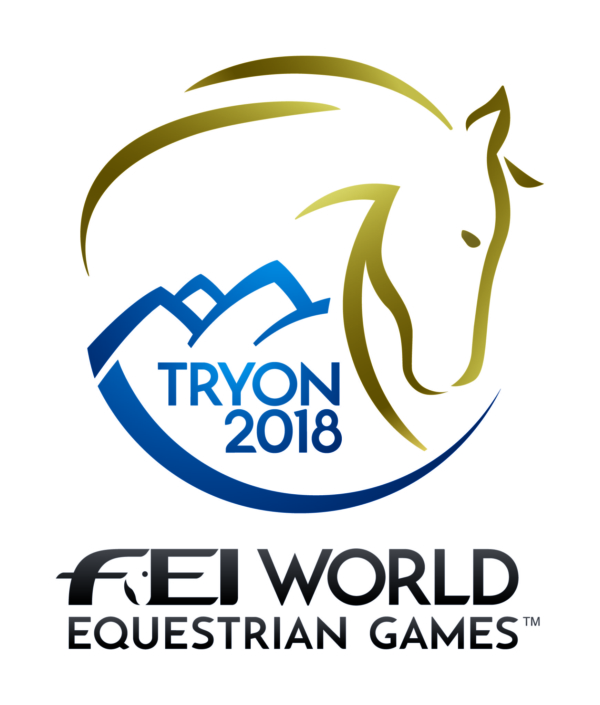

WEG 2018 will be somewhat of a homecoming for endurance farrier Rodney King.
While he now lives in Amberley, in North Canterbury, for three-and-a-half years King was based in Kentucky working for Rood and Riddle Equine Hospital as head farrier. Rood and Riddle were the official vet hospital for the 2010 WEG where King looked after the Kiwi endurance horses, along with helping the showjumpers and was back-up for the eventers.
It was there he notched his best result when showjumper Katie Laurie and Delphi placed 17th in a 121-strong field in the speed class, finishing just 6.5 seconds off the winner. “I am pretty excited to be involved with our WEG teams again this year,” he says. “This year’s WEG will be great as going back to the United States feels a bit like going home. I only lived there for three-and-a-half years but I feel so comfortable over there and love the lifestyle, people and country.”
He and wife Natalie moved back to New Zealand to start a family. “We loved our time in the United States but it was not the right time or place to be starting a family, so we moved home.” The couple now have three-and-a-half-year-old Jackson, who was born a few days before King flew to the 2014 Normandy WEG to work with the New Zealand endurance team, and nine-month-old Mackenzie.
For King, much of his time at WEG is spent observing the horses he works on. “More than I ordinarily would when shoeing them at home,” he says. “I get to see the way they work and respond to subtle changes.”
But the pressure of a world games can also bring with it challenges. “It is always a challenge overcoming issues on the fly and it gets you using your head to figure solutions for problems,” he says. The opportunity to work closely with the team vet and riders brings us all closer on both personal and professional levels,” says King. “Being able to talk through ideas with a group of people who are all striving to achieve the best results brings out the best in us all.”
Shoeing endurance horses is tough.
“These horses are required to run 160km for the ride over terrain that can be incredibly variable – from grass to sand, cobbles to mud, all while trying not to lose a shoe, go lame or wearing a shoe that is heavier than necessary to do the job but providing enough traction – but not too much – and doesn’t wear out before the end of the ride.”
The shoeing itself is straight forward, but the nature of the sport means there is plenty to be considered. King doesn’t have specific plans for each horse.
“I always try to keep things as simple as possible. Each horse will be shod as an individual so I can tailor the job to suit the animal,” he says. “As a rule, any decisions made are done as a team, between myself, the rider and the vet. We need to be sure that whatever work is done needs to be logical and well thought out. We don’t get to trial and error things on the day, so sound principles and theory will always prevail.”
He has thoroughly enjoyed his previous two WEG campaigns and would dearly love to be part of an Olympic Games team in the future. “I think to be able to be part of an Olympic team would be a different kind of thrill . . . maybe because it is more globally viewed or recognised.”

CLICK here to get your #backingblack WEG Supporters Clothing
By Diana Dobson – HP Media Liaison